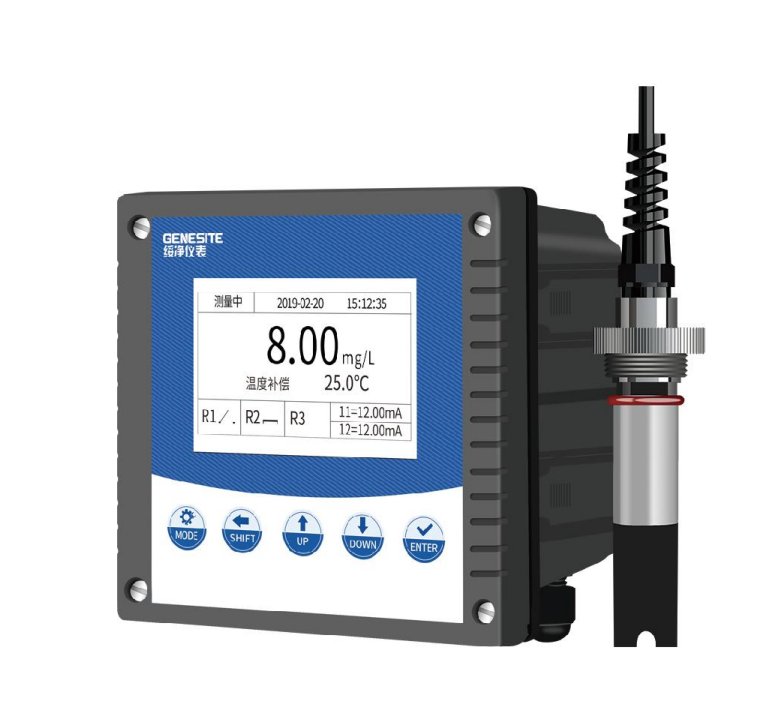Understanding Sensors and Controllers: Bridging the Gap Between Data and Action
Jun 14,2025

Sensors and controllers are essential components in the landscape of electronic devices, especially in the field of automation and data collection. Sensors are instruments that detect physical phenomena and convert them into signals that can be measured and recorded. These signals can represent various environmental parameters, such as temperature, pressure, light, motion, and even chemical compositions. By providing real-time data, sensors enable systems to monitor conditions continuously.
Controllers, on the other hand, act as decision-making units that process the data provided by sensors. They analyze the incoming signals and execute specific actions based on predefined criteria or algorithms. For instance, in a climate control system, temperature sensors may relay data to a controller, which adjusts heating or cooling settings to maintain a desired temperature. This interplay between sensors and controllers is crucial for creating responsive systems that can adapt to changing conditions.
The integration of sensors and controllers finds applications across numerous sectors. In manufacturing, they are vital for automating production lines, ensuring quality control, and enhancing safety protocols. In agriculture, sensor technologies measure soil moisture and nutrient levels, enabling precision farming techniques that optimize crop yields and resource usage. Similarly, in the healthcare industry, sensors monitor patient vitals, while controllers manage alarms and notifications for healthcare providers, ensuring timely interventions.
Another noteworthy aspect of sensors and controllers is their contribution to the Internet of Things (IoT). As devices become interconnected, the role of sensors and controllers evolves. They collect and transmit data to cloud platforms, allowing for advanced analytics and machine learning applications. This integration facilitates predictive maintenance, smart home technologies, and enhanced environmental monitoring, leading to more efficient and sustainable practices.
When selecting sensors and controllers for specific applications, it’s essential to consider factors such as compatibility, response time, accuracy, and range. Different applications may require different types of sensors, such as analog or digital, depending on the required precision and the nature of the data being collected. Similarly, controllers should be chosen based on their processing capabilities and flexibility to accommodate future expansions or changes in system architecture.
In conclusion, the synergy between sensors and controllers is fundamental to modern electronic systems. By effectively gathering and processing data, they enable smarter decision-making and automated responses across various industries. Understanding their functionalities and applications can help businesses leverage technology for improved efficiency and innovation. As technology continues to advance, the role of sensors and controllers will undoubtedly expand, paving the way for more sophisticated and integrated systems.
Controllers, on the other hand, act as decision-making units that process the data provided by sensors. They analyze the incoming signals and execute specific actions based on predefined criteria or algorithms. For instance, in a climate control system, temperature sensors may relay data to a controller, which adjusts heating or cooling settings to maintain a desired temperature. This interplay between sensors and controllers is crucial for creating responsive systems that can adapt to changing conditions.
The integration of sensors and controllers finds applications across numerous sectors. In manufacturing, they are vital for automating production lines, ensuring quality control, and enhancing safety protocols. In agriculture, sensor technologies measure soil moisture and nutrient levels, enabling precision farming techniques that optimize crop yields and resource usage. Similarly, in the healthcare industry, sensors monitor patient vitals, while controllers manage alarms and notifications for healthcare providers, ensuring timely interventions.
Another noteworthy aspect of sensors and controllers is their contribution to the Internet of Things (IoT). As devices become interconnected, the role of sensors and controllers evolves. They collect and transmit data to cloud platforms, allowing for advanced analytics and machine learning applications. This integration facilitates predictive maintenance, smart home technologies, and enhanced environmental monitoring, leading to more efficient and sustainable practices.
When selecting sensors and controllers for specific applications, it’s essential to consider factors such as compatibility, response time, accuracy, and range. Different applications may require different types of sensors, such as analog or digital, depending on the required precision and the nature of the data being collected. Similarly, controllers should be chosen based on their processing capabilities and flexibility to accommodate future expansions or changes in system architecture.
In conclusion, the synergy between sensors and controllers is fundamental to modern electronic systems. By effectively gathering and processing data, they enable smarter decision-making and automated responses across various industries. Understanding their functionalities and applications can help businesses leverage technology for improved efficiency and innovation. As technology continues to advance, the role of sensors and controllers will undoubtedly expand, paving the way for more sophisticated and integrated systems.
TAG:
PREVIOUS:
Contact Us
E-mail :
andrew@genesit1.com
Phone:
+8615896508337
Address:
Chanhe Industrial Park,LuoYang City, Henan Province,China


